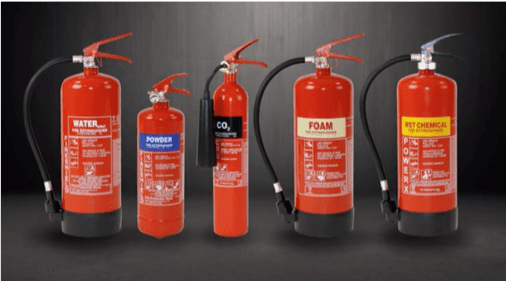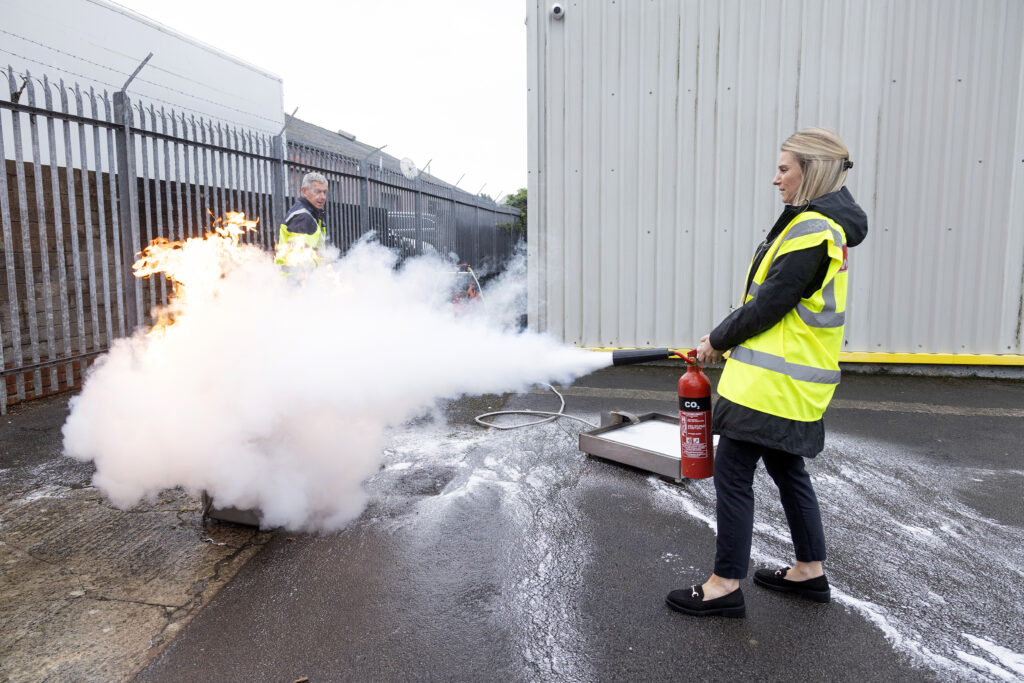IHTC Ltd have a number of ‘Face 2 Face’ (F2F) services that can assist any size client with helping them meet their Fire Safety responsibilities, listed below, which sit alongside our extensive eLearning services:


Fire safety training is essential for everyone, regardless of whether you are at home, in the workplace, or in a public space. Here’s why:
Life-saving Skills: Fire safety training equips individuals with the knowledge and skills needed to respond effectively in case of a fire, including using fire extinguishers, evacuating safely, and administering first aid.
Prevention: Proper training can help prevent fires from occurring in the first place. This includes education on fire hazards, electrical safety, and the importance of fire prevention measures.
Legal Compliance: Many countries and regions have legal requirements for fire safety training, especially in workplaces and public spaces. Compliance is not only essential for safety but also for legal reasons.
Professional training & consultancy throughout the South West & UK from our bases in Taunton & Bristol.
A fire risk assessment is a systematic evaluation of a building, property, or workplace to identify potential fire hazards and assess the level of risk they pose. This assessment is a critical step in fire safety planning and is often required by regulatory authorities.
Identify Fire Hazards: The first step is to identify potential fire hazards such as faulty wiring, flammable materials, or inadequate fire protection equipment.
Evaluate the Risks: Once hazards are identified, assess the likelihood of a fire occurring and the potential consequences if one does.
Control Measures: Develop and implement control measures to reduce or eliminate identified risks. This may include installing fire suppression systems, ensuring proper storage of flammable materials, or improving electrical systems.
Emergency Planning: Develop an emergency plan that outlines evacuation procedures, communication protocols, and the roles and responsibilities of staff or occupants during a fire.
Regular Review: Fire risk assessments should be regularly reviewed and updated to account for changes in the environment, equipment, or occupancy.

Client led, tailored training for the workplace: delivered throughout South West, the wider UK and overseas. With In House Training & Consultancy (IHTC) and our years of experience garnered since 1991, trust us to offer a complete health and safety management service – with courses expanding across HR, Business Compliance, Adult Social Care and Hospitality.